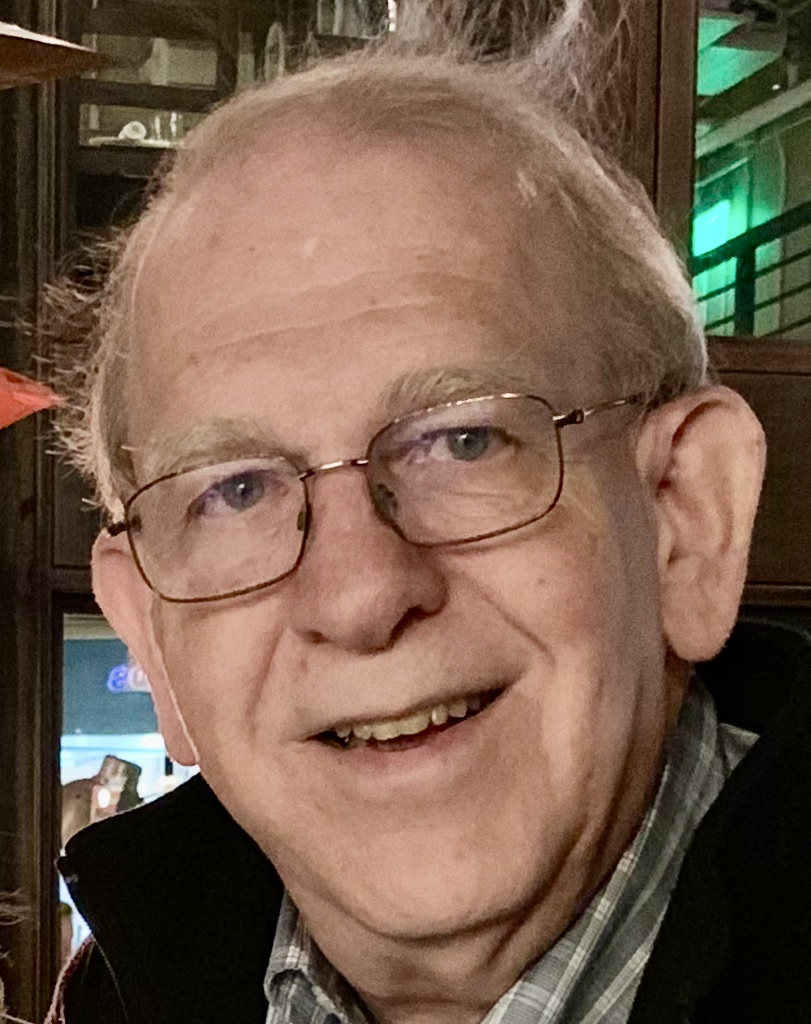November 17, 2021

This month, we’re delighted to spotlight Timothy Stephens, Vice President of the North Alabama (Huntsville) Society. Tim has been a faithful friend of the AIA for many years. He’s a Lifetime Member, Norton Society Member, and a former member of the Felicia A. Holton Book Award Committee. We asked Tim some questions about how he got involved with the AIA and we’re excited for you to read his words!
What interests you about archaeology?
I am fascinated by being able to study physical pieces of the past to learn about the Greek, Roman, and classical Although a physicist by education and profession, I’ve always had an interest in history. But somehow during my formal education, I missed any introduction to ancient history. A turning point was when I realized I had little idea of where Alexander the Great fit into the timeline of history. I started reading books covering the deep past up to the Roman period. One book stands out in my mind: Four Thousand Years Ago, A Panorama of Life in the Second Millennium B.C. by the archaeologist Geoffrey Bibby. At that point my interest in history broadened into archaeology. While I was mainly interested in how archaeology informed our understanding of history (as compared to the processes of archaeology itself), I have become quite interested lately in the high-technology tools that archaeologists use.
How did you find out about the AIA?
Some twenty years ago, I enrolled (as an auditor) in a course on Ancient Roman Art at our local university. That lead to auditing several other courses in art history. At some point, the professor (and past AIA Society Trustee) Prof. Lillian Joyce mentioned having been a member of the AIA during her graduate school days at UCLA; this was the first time I heard about the AIA, although I had picked up the occasional issue of ARCHAEOLOGY magazine at the newsstand.
What made you decide to get more involved with the North Alabama (Huntsville) Society?
Prof. Joyce asked if I would be interested in helping to start a local Society of the AIA. Having no idea what that really meant, I thought is sounded like an interesting activity. So, with the help of some other interested people, we started meeting and inviting speakers. I did a lot of the publicity work (newsletters, posters, mailing lists, etc.). I met our guest speakers at dinner. I started going to Annual Meetings, which has become a regular January event for me. My journey came full circle when I was asked to serve on the Felicia A. Holton Book Award Committee, which involved reading and evaluating a number of books on archaeology every year.
Notifications